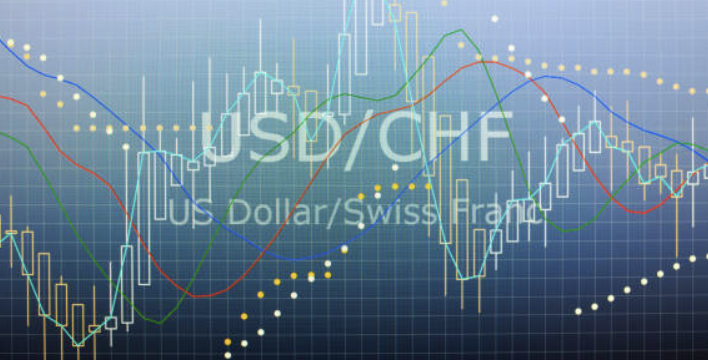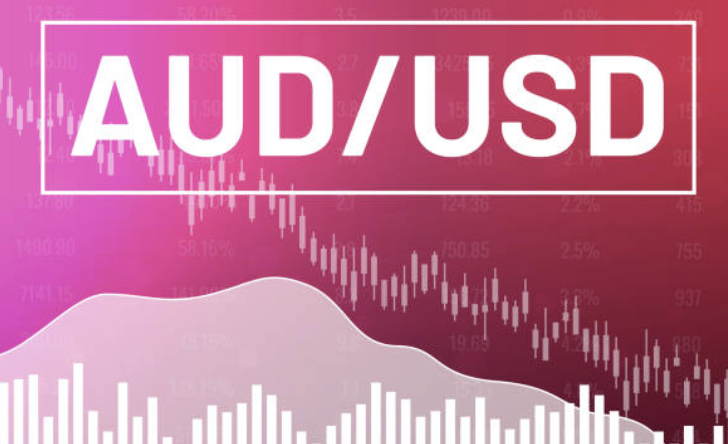
Drake Hampton
Apr 18, 2022 09:48
Euro bears have been given a new lease of life following the European Central Bank's (ECB) latest monetary policy decision, with the central bank lending scant assistance to the embattled single currency. All policy settings remained unchanged, and the hawkish market attitude preceding the decision was wiped away by ECB President Lagarde's subsequent press conference in which she stated that inflation will remain elevated in the coming months and growth will slow. The ECB, on the other hand, did not provide a firm timetable for the conclusion of the Asset Purchase Program, instead stating that it will occur somewhere in Q3, disappointing market hawks. Additionally, the ECB stated that they would maintain maximum flexibility, lending credence to reports last week that the central bank was developing a new crisis tool that could be used to rein in bond yields and spreads if they continued to rise/widen, implying that targeted bond-buying would be reinstated. In light of this, the single currency is expected to continue to deteriorate.
While the ECB appears to be resting on its laurels, the US Federal Reserve is now aggressively pursuing a strategy of monetary tightening, with both the central bank and board members discussing a series of 50 basis point hikes in the coming months. The market has already priced in a 50bp increase in May, another 50bp increase is predicted in June, and a third half-point hike at the July meeting is also gaining confidence. At the moment, no one at the Fed is aggressively opposing these views, allowing the US dollar to rise further as interest rate differentials with a plethora of other currencies appear ready to expand. The US dollar index (DXY) hit a new two-year high following the ECB meeting.
The weekly EUR/USD chart indicates that the pair fell below the significant 1.0800 level before recouping a small chunk of its losses. There is a very serious possibility that 1.0636 may come under assault in the coming weeks, with the next target being 1.0570, the April 2017 low. EURUSD would trade at 1.0340 following a complete retracement of the January 2017-February 2018 rise.
According to retail trader data, 71.85 percent of traders are net long, with a 2.55 to 1 ratio of long to short traders. The number of traders who are net-long has decreased by 8.66 percent from yesterday and by 0.18 percent from last week, while the number of traders who are net-short has increased by 13.42 percent from yesterday and by 1.55 percent from last week.
We normally take a contrarian position on crowd mood, and the fact that traders are net long EUR/USD signals that prices may continue to fall. Positioning is slightly less net-long than yesterday, but significantly more net-long than last week. The combination of current attitude and previous movements suggests that the EUR/USD trading tendency will remain mixed.



Apr 19, 2022 09:50